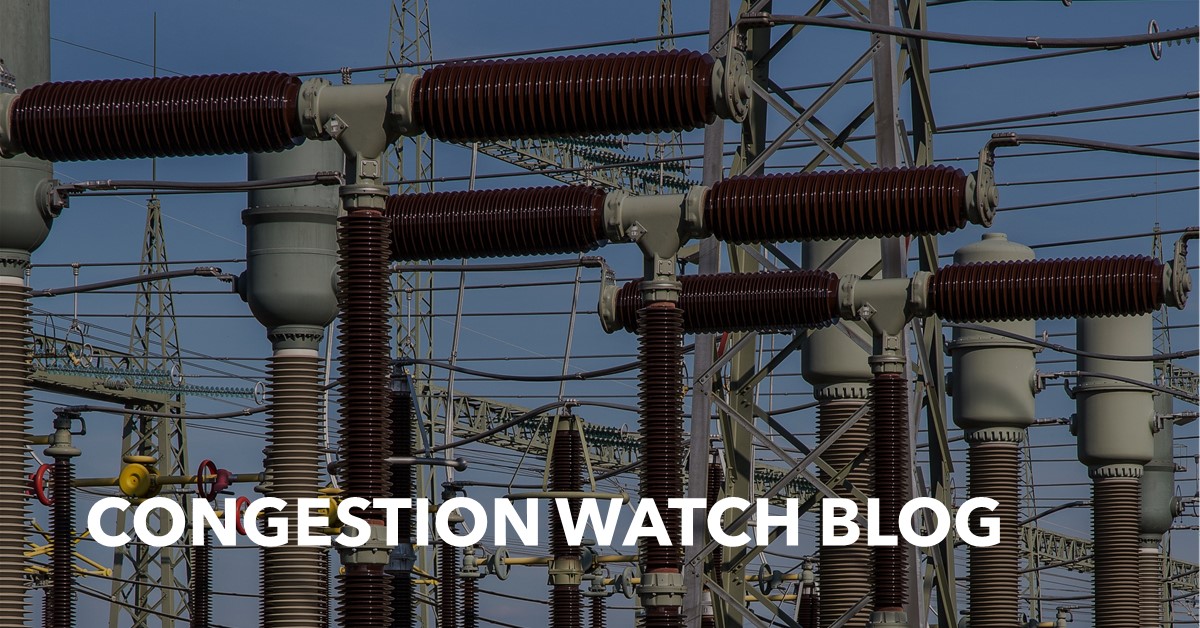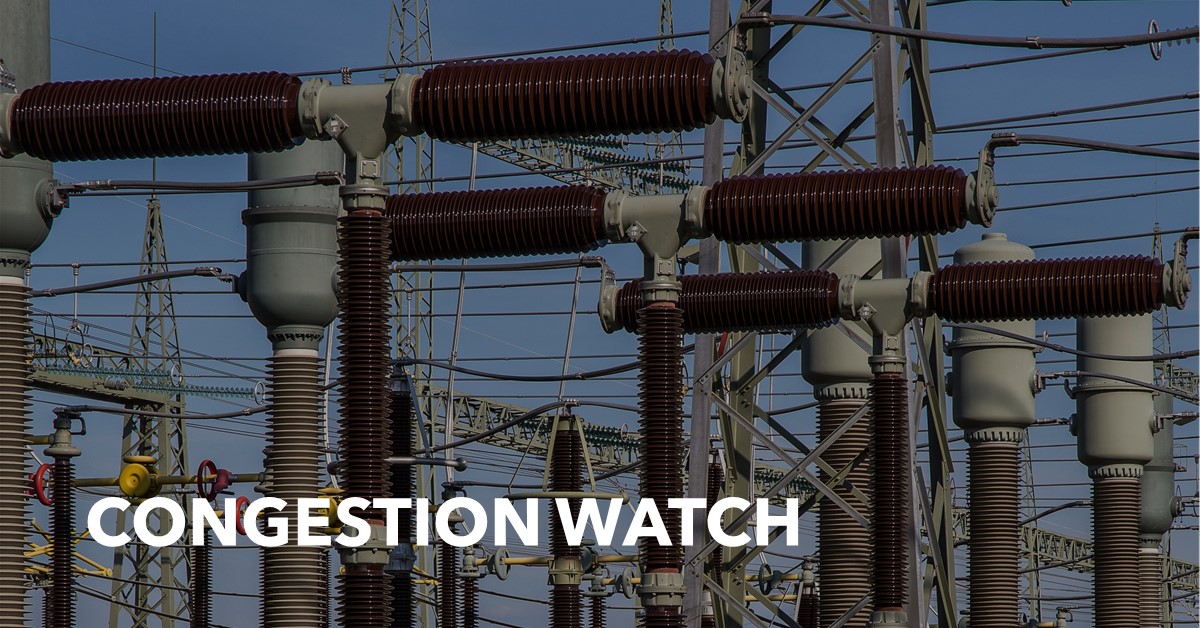Congestion Drivers Diversify for September Congestion | Congestion Watch Blog
Higher than average load levels will keep the Northeast warm in September and support demand driven congestion across the board. While there are no nuclear outages scheduled for the Northeast RTO’s next month, transmission outages and generator maintenance will keep the footprint active. As we begin to shift into the shoulder season, ESAI Power predicts a transition to outage-driven congestion, in addition to demand-driven congestion, will occur in the upcoming weeks.
Here are brief updates on each RTO for September:
- ISO-New England will be plagued with warmer-than average temperatures and an uptick in generator maintenance and transmission outages that provides bullish risk to CT and SEMA, and bearish risk to ME.
- NYISO – Major transmission work will increase congestion in over half of the NYISO Zones. Eastern NY in particular will be a hot spot for congestion with a slew of 345 kV outages and Western NY will also see elevated congestion levels with potential to drive down prices through Zone A.
- PJM – warm weather will elevate peaks in the first half of the month and bolster load levels. PJM West will endure scheduled generator maintenance and long-term upgrades to the high-voltage system that will be bullish in ATSI and COMED. The MAAC region on the other hand, has some short-term outages scheduled through September that will have varying impacts through PENELEC and EMAAC.
Subscribers: Find out more about congestion drivers in September in our recent issue of Congestion Watch.
Learn About Congestion Watch
Congestion WatchTM Ahead of each monthly Firm Transmission Rights (FTR) auction in the Northeast, our monthly congestion report provides month-ahead assessments of the congestion component of zonal LMPs for each Northeast RTO. Congestion WatchTM provides expert insights into key drivers for congestion pricing such as transmission and generation outages, system load and changes to fuel prices.




